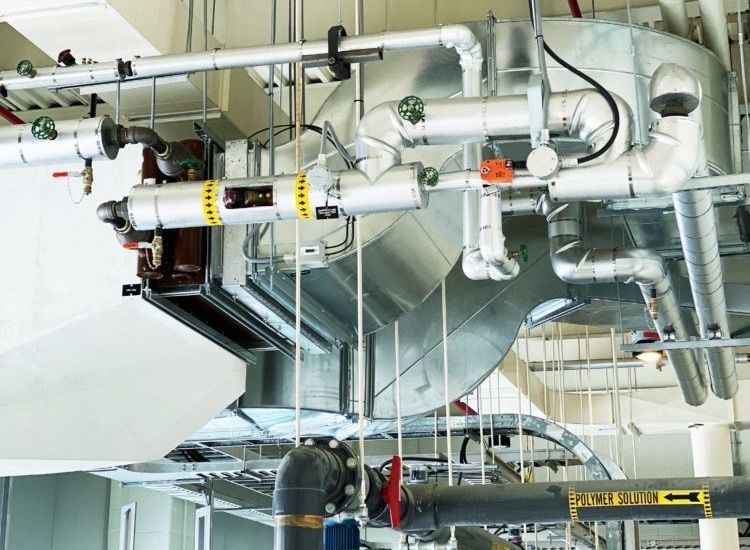A variable frequency drive (VFD) is a type of controller that can vary the frequency and voltage used by an electric motor. In HVAC systems, these drives can be used to increase efficiency and improve overall performance resulting in cost savings and rebates. You might also be familiar with some of the other names for VFDs including:
- AC drive
- Adjustable frequency/speed drive (AFD/ASD)
- Inverter drive
- Microdrive
- Variable speed drive (VSD)
Due to hardware and software advancements, the cost and size of VFDs have been reduced and they serve a purposeful role in electrical energy production and consumption. Since industrial electric motors account for a huge portion of the globe’s electrical energy, making these systems as efficient as possible is a no-brainer, here’s why…
Most HVAC systems in buildings are set to be on and usually at full with dampeners and valves used to then restrict flow when needed. Think of this sequence as driving full speed in your vehicle and using the brakes as a means of control. A more effective approach would be to vary your speed (lowering and increasing), relying on the brakes only when needed. This comparison is apt because, in the first scenario, it’s clearly an ineffective means of speed control that uses more energy than needed (which costs more). The driver in this case would also be putting undue wear on their vehicle’s motor and brakes, shortening their lifespan and requiring quicker replacement — again, more expensive.
Of course, few people choose to drive like this, and those that do, do so at a much greater cost. So why should buildings’ HVAC systems replicate that inefficient way of doing things? Installing VFDs in boilers, cooling towers, and air supply applications adapt the building’s HVAC systems to save energy while actually improving performance. In a time where buildings should be more sustainably geared and effective with energy, variable frequency drives simply make sense. Alliance Engineering recommends doing a performance study to gauge the potential for your building and where VFDs could help optimize its HVAC systems.
Beyond the variable frequency and voltage control aspects, VFDs come with myriad other benefits. We’ll be exploring these benefits in the following posts for this series. Suffice it to say, the overarching reasons and results that should make you consider VFD installations in your building’s HVAC systems boil down to the following:
- Increased efficiency and cost savings
- Reduced maintenance and longer equipment life
- Public incentives and utility programs
Contact Alliance today to discuss how you can save money by improving the efficiency of your HVAC systems. Our solutions incorporate all available technologies to ensure an energy efficient building with optimal performance. We’ll provide you with options based upon the most effective energy reduction solutions available, including any applicable incentives!
Please click here to read Part 2: https://www.allianceengineering.ca/industry/the-benefits-of-variable-frequency-drives-in-hvac/

